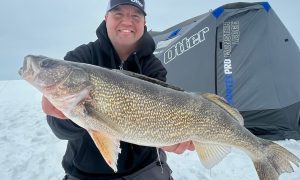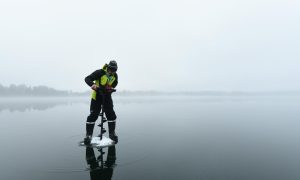Quick search on the Google machinez and you’ll find a zillion different formulas out there to help guesstimate the weight of your walleye. Enough to make you have nightmares about that college algebra class you barely snuck through:
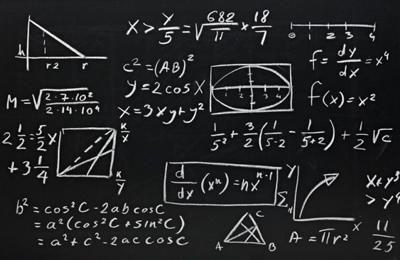 |
Have found a few of those formulas to be fairly close the couple times I’ve tested ’em…of course I’ve also found some to be WAY off. Seems like you need to use a different one based on how fat the fish is (or isn’t) — which is a problem because everyone thinks the fish they just caught is as fat as they come…lol don’t blame ya!
Nothing beats an accurate scale, but here’s a few formulas that worked for me:
1. SUPER-thick walleye.
Common example might be Lake Winnipeg greenbacks. Head looks awkwardly small compared to the body, the belly-fat rolls over your fingers, even the tail is thick/meaty/carries weight.
Formula: (length x girth x girth) / 750 = weight
Here’s an example from personal experience that was verified on a scale:
(28.75″ x 17″ x 17″) / 750 = 11.078 lbs
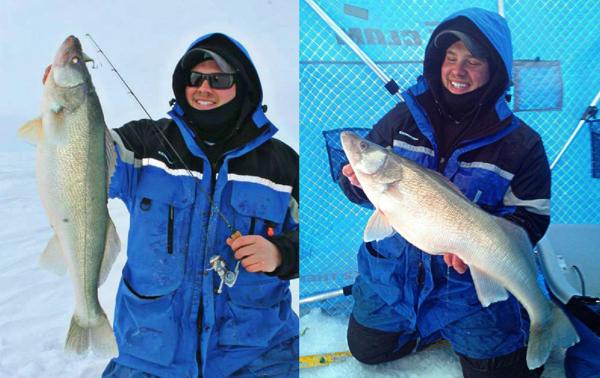 |
Caught this one using a #7 “pearl grey shiner” Rapala Rippin’ Rap on…you guessed it: Lake Winnipeg, Manitoba. Was outside hole-hoppin’ but rushed it inside the heated shack to take measurements before releasing her.
2. Average-looking walleye.
Fish is overall proportional and healthy. Has an average looking thickness compared to its length and head size. Gut isn’t belly floppin’ over your fingers, but it’s not skinny.
Formula: (length x girth x girth) / 800 = weight
Example from personal experience:
(30″ x 16.5″ x 16.5″) / 800 = 10.209 lbs
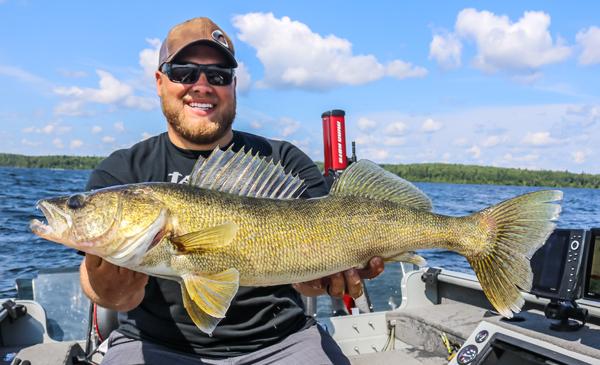 |
That one inhaled a #7 Rapala Jigging Rap (perch color) in 28′ on the bottom edge of a rockpile. Was idling around looking for a fresh school of mid-day fish and graphed this biggun on the bottom with another friend. Threw it in reverse, dropped on its head and bang. #TillerLife
3. Skinny-looking walleye.
Fish’s head looks awkwardly big for its body. Has no belly. Might be vegan.
Formula: Tell people how long it was instead…sounds more impressive (lol).
4. What if you didn’t measure it’s girth?
This should get you a close-ish weight guesstimate for an average-shaped walleye.
Formula: (length x length x length) / 2,700 = weight
Some examples:
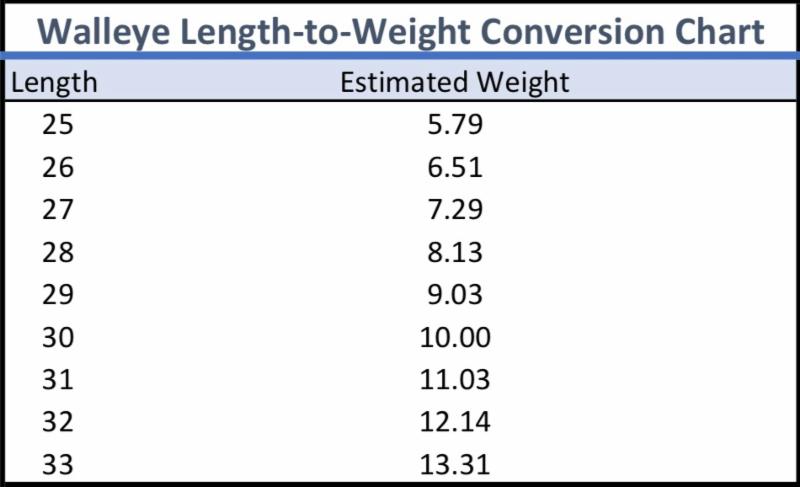 |

